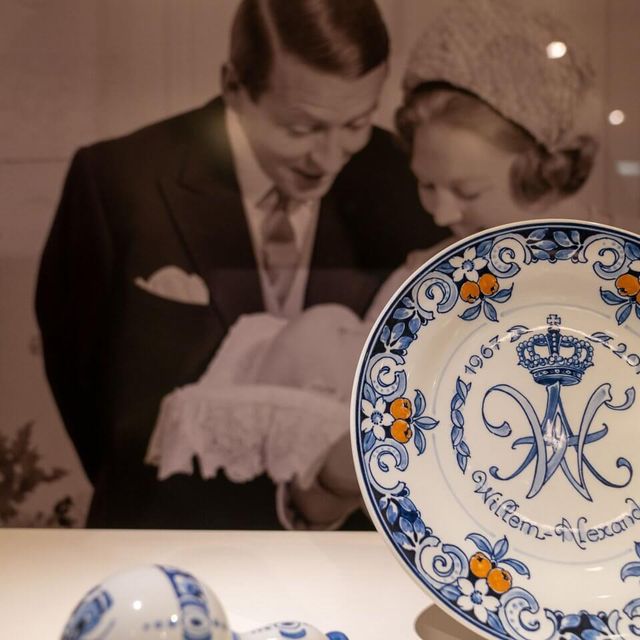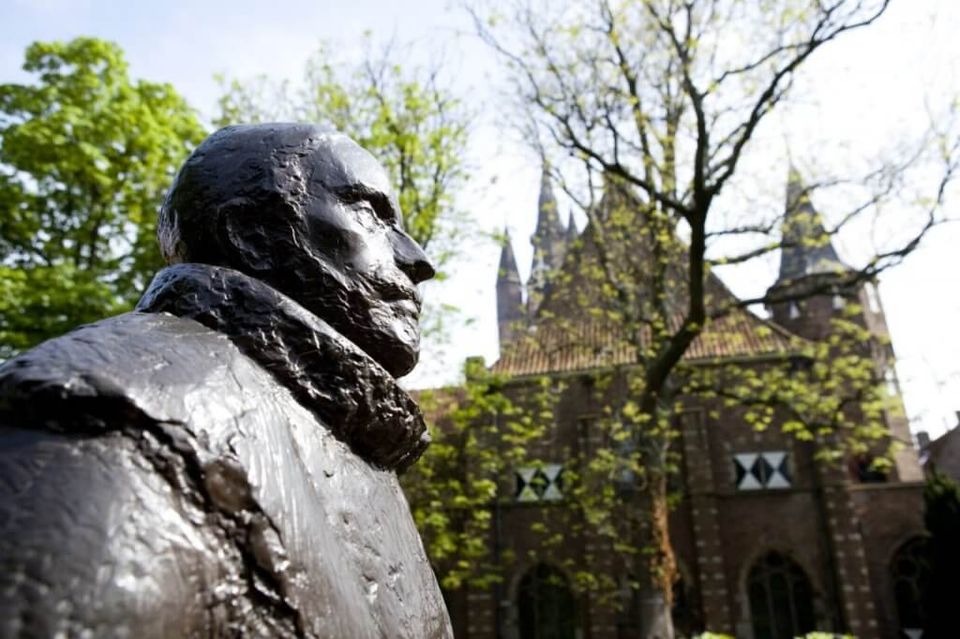
Orange Route
Walk through Delft and listen to the Podwalk
This walking route is also available as a Podwalk. Walk with your headphones through Delft and listen to the story.
Click here to go to the Podwalk.
William the Silent was born in 1533 in Dillenburg, Germany. At the age of 11, he inherited many possessions and territories from his cousin René of Chalon, including the principality of Orange in southern France. This makes William not only Count of Nassau, but also Prince of Orange.
In 1568, the Netherlands revolted against their monarch Philip II, th…
This walking route is also available as a Podwalk. Walk with your headphones through Delft and listen to the story.
Click here to go to the Podwalk.
William the Silent was born in 1533 in Dillenburg, Germany. At the age of 11, he inherited many possessions and territories from his cousin René of Chalon, including the principality of Orange in southern France. This makes William not only Count of Nassau, but also Prince of Orange.
In 1568, the Netherlands revolted against their monarch Philip II, the king of Spain, partly because of his hard line in maintaining the Catholic Church against the rising Protestantism. William the Silent led the rebellion. Delft sided with the prince in 1572. This meant, among other things, that the Old and New Churches passed into 'Reformed' hands. The ten monasteries that Delft once had were closed down. Most were demolished, some were spared and given a different purpose. Many Catholics fled the city.
William the Silent did not feel safe in the indefensible The Hague and because Delft was the closest fortified city, he sought refuge here. In 1572, the prince and his family and court stayed for the first time in the Prinsenhof, the former St. Agatha Monastery, and it became one of his permanent residences in the Netherlands. From here, on behalf of the States General, he led the rebellion against the Spanish rulers in what we now call the Eighty Years' War (1568-1648). The Oranges have left their mark on Delft since 1572. This walk takes you past the most important places and buildings.
Sights on this route
Nieuwe Kerk Orange Route
The church is built between 1383 and 1510. The late Gotic cross basilica was dedicated to the Holy Virgin Mary, but got during construction already its second patron saint, Saint Ursula.
markt 802611GW delft
Navigate to starting point
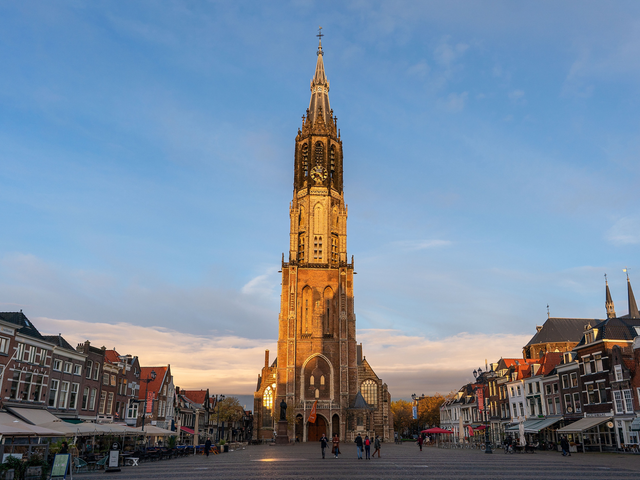
Hugo de Groot - Oranje Route
The statue of Hugo de Groot was placed in 1886 in memory of the Delft-born lawyer and Remonstrant leader Hugo Grotius.
MarktDelft

Markt 87
2611GS Delft

Oude Delft
2611HA Delft
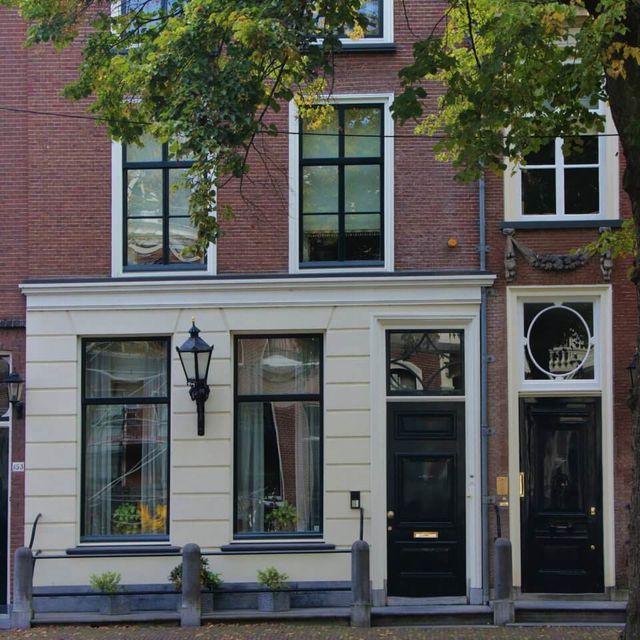
Oude Delft 167
2611HB Delft

Oude Delft 177
2611HB Delft
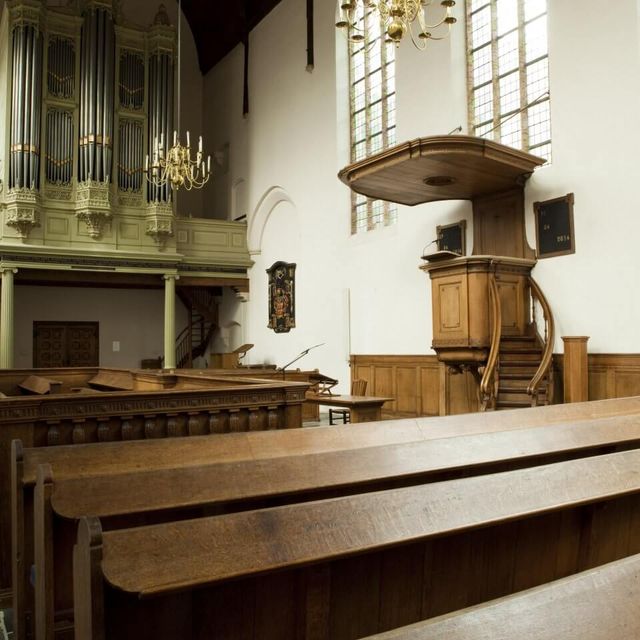
Sint Agathaplein 1
2611HR Delft

HH Geestkerkhof 25
2611HP Delft
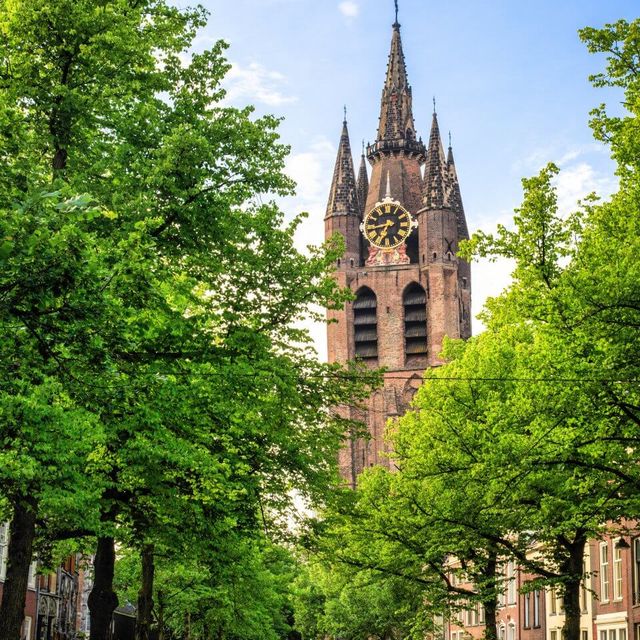
Choorstraat 9
2611JD Delft

Rotterdamseweg 196
2628AR Delft
Navigate to endpoint
